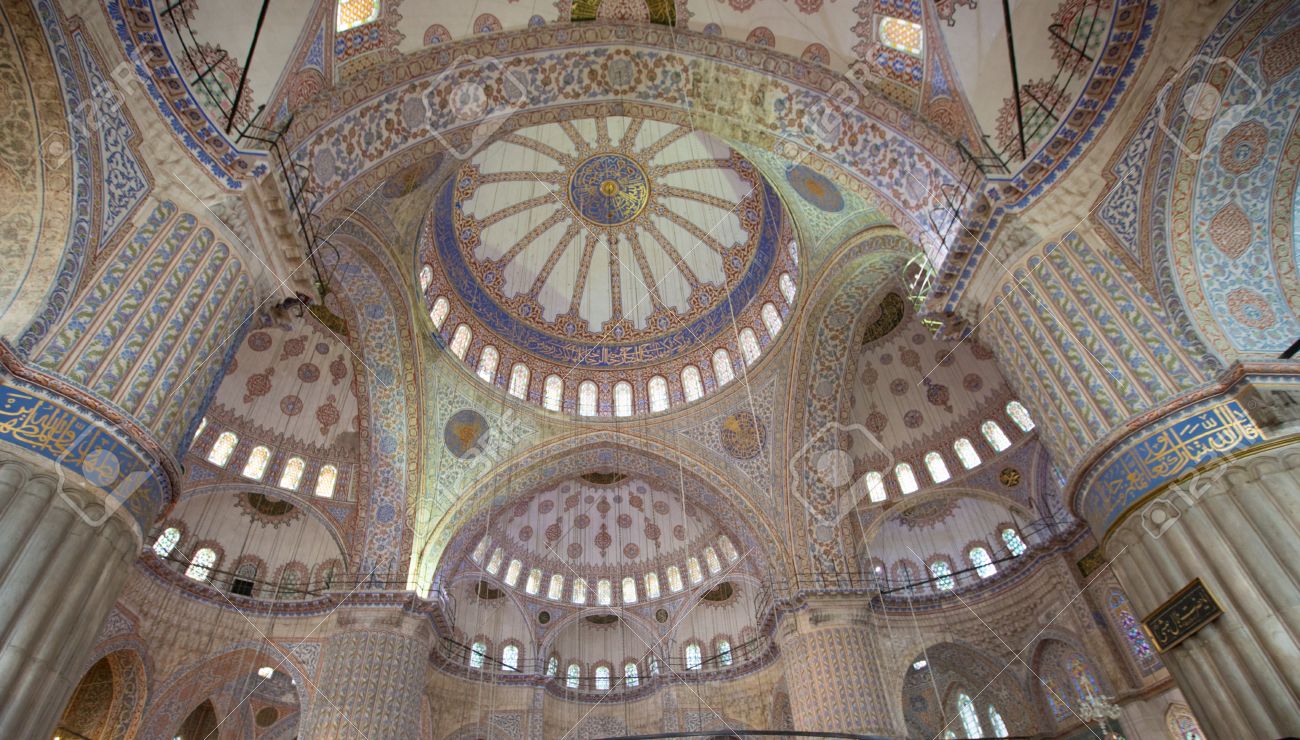

Stepping into the world of Ottoman architecture is like embarking on a captivating journey through time. This remarkable architectural style flourished for centuries, leaving behind a legacy that continues to mesmerize visitors to this day. From the breathtaking domes and minarets to the intricate geometric patterns and stunning tilework, Ottoman architecture is a testament to the grandeur and sophistication of a bygone era. In this article, we will explore the key elements and notable examples of this architectural marvel, celebrating its lasting impact on the cultural landscape of the Ottoman Empire.
To understand Ottoman architecture, we must delve into its roots, which can be traced back to various civilizations and architectural traditions. The Ottomans, known for their ability to assimilate different cultures, incorporated elements from Byzantine, Seljuk, and Persian architecture into their own distinctive style. This fusion resulted in a unique and eclectic architectural language that set the Ottomans apart.
The Byzantine Empire, with its magnificent churches and grand structures, played a significant role in shaping Ottoman architecture. The Hagia Sophia in Istanbul stands as a prime example of the fusion of Byzantine and Ottoman architectural elements. The Seljuk Turks, on the other hand, introduced the concept of the monumental dome, which became a hallmark of Ottoman architecture. Persian influences can be seen in the intricate tilework and calligraphy that adorned Ottoman structures.
One of the defining features of Ottoman architecture is its emphasis on grandeur and monumentality. The Ottomans constructed numerous palaces, mosques, and public buildings that reflected their imperial power and religious devotion. These structures often featured large domes, soaring minarets, and spacious courtyards, leaving visitors awestruck by their sheer scale.
The Ottoman mosques exhibit a distinctive architectural style, characterized by their vast prayer halls, domed ceilings, and elegant minarets. The Suleymaniye Mosque in Istanbul, designed by the renowned architect Sinan, is a stunning example of Ottoman mosque design. Its grand dome and slender minarets rise majestically above the cityscape, creating a sense of awe and reverence.
Mosques occupy a central place in Ottoman architecture, serving as places of worship, community centers, and symbols of the empire’s grandeur. These architectural masterpieces are characterized by their intricate details and harmonious proportions.
The Hagia Sophia in Istanbul, originally built as a Byzantine church and later converted into a mosque, stands as a remarkable example of the fusion of Byzantine and Ottoman architectural elements. Its massive dome, supported by elegant arches and pendentives, creates a sense of weightlessness and grandeur. The interior is adorned with stunning mosaics and calligraphy, showcasing the intricate craftsmanship of the era.
The Blue Mosque, officially known as the Sultan Ahmed Mosque, is another iconic structure that exemplifies Ottoman architecture. Its six towering minarets and cascading domes dominate the Istanbul skyline. Inside, the mosque features exquisite blue Iznik tiles, intricate calligraphy, and a spacious courtyard. The design harmoniously blends traditional Ottoman architecture with elements from other Islamic traditions.
Ottoman palaces were designed to reflect the power and opulence of the empire. The Topkapi Palace, situated in Istanbul, served as the primary residence for Ottoman sultans for centuries. With its stunning courtyards, lush gardens, and magnificent pavilions, the palace embodied the luxury and grandeur of the Ottoman court. The Harem section, with its intricate tilework and secluded chambers, provides a glimpse into the private lives of the royal family.
The Dolmabahce Palace, on the other hand, showcases the influence of Western architectural styles, incorporating elements of Neoclassical, Baroque, and Rococo designs. Its grandiose façade, adorned with intricate carvings and gilded details, captures the essence of Ottoman opulence.
The Ottoman Empire was known for its advanced engineering feats, and its bridges and aqueducts were no exception. These structures served both functional and aesthetic purposes, providing essential transportation routes while adding to the beauty of the landscape.
The Mehmed Pasha Sokolovic Bridge in Bosnia and Herzegovina exemplifies Ottoman bridge design, with its elegant arches and harmonious integration with the surrounding natural environment. This magnificent structure, spanning the Drina River, stands as a testament to Ottoman engineering prowess.
Ottoman architecture is renowned for its intricate decorative elements, particularly calligraphy and tilework. The Ottomans skillfully incorporated Arabic calligraphy into their architectural designs, adorning mosque walls and domes with verses from the Quran. This fusion of art and architecture creates a sense of spiritual transcendence within these sacred spaces.
The mesmerizing tilework, often featuring geometric patterns and floral motifs, adorned palaces, mosques, and public buildings, creating an atmosphere of enchantment and beauty. Iznik tiles, with their vibrant colors and intricate designs, are a hallmark of Ottoman tilework. These tiles are meticulously crafted and hand-painted, showcasing the exceptional skill and artistry of Ottoman craftsmen.
In recent years, there has been a renewed focus on the preservation and restoration of Ottoman architectural treasures. Organizations, both governmental and non-governmental, have undertaken extensive restoration projects to protect and revive these historic landmarks. These efforts aim to ensure that future generations can continue to marvel at the splendor of Ottoman architecture and appreciate its cultural significance.
Ottoman architecture is an enduring testament to the creative genius and artistic vision of the empire that spanned centuries. Its distinctive style, blending various influences and traditions, has left an indelible mark on the architectural landscape of the Ottoman Empire and beyond. As we admire these architectural marvels, we also gain a deeper understanding of the rich cultural heritage that shaped the Ottoman Empire and its lasting legacy in the world of architecture.
